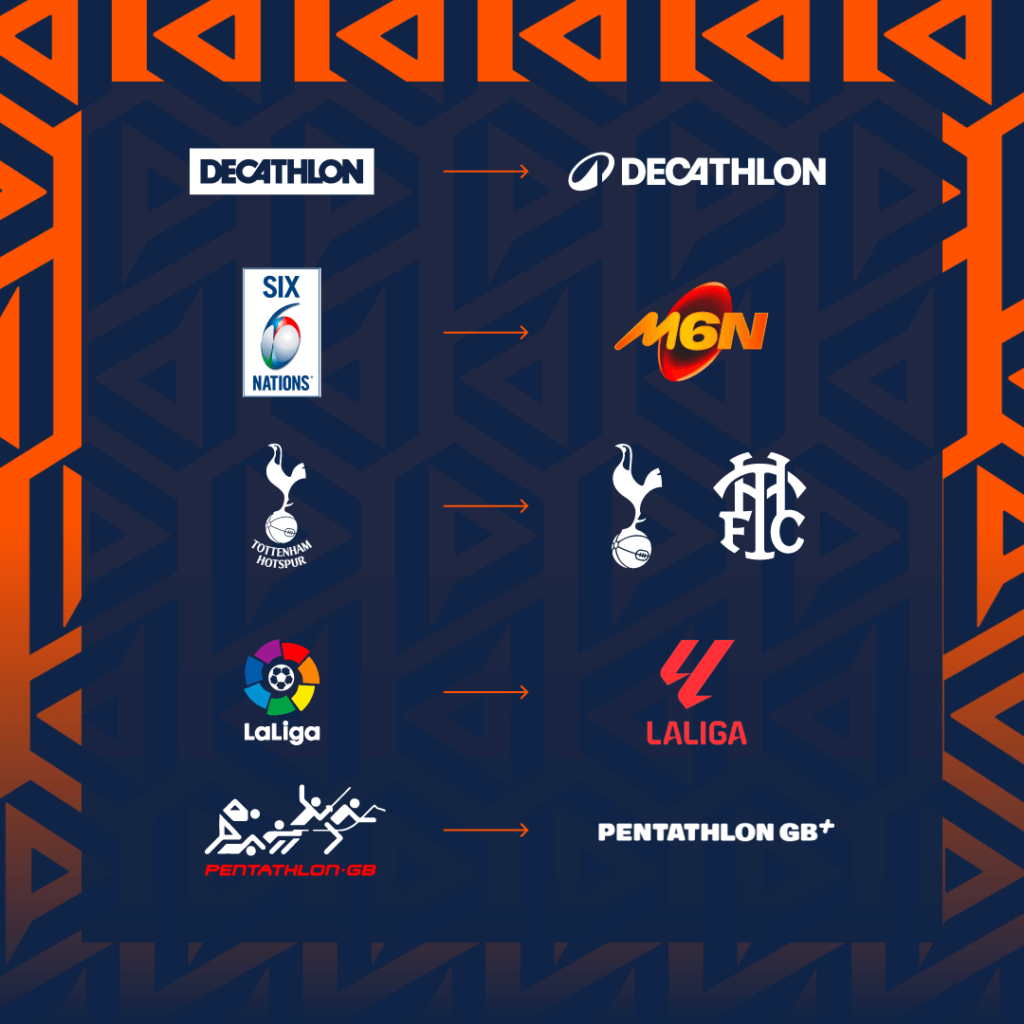In the digital world, simply having a great team or a well-known brand isn’t enough. You need a strategic plan to guide potential fans and customers from their first interaction with your brand all the way to becoming a lifelong supporter. This is where the sports marketing funnel comes in.
This post will break down what a marketing funnel is, why it’s a critical asset for any sports organisation, and how you can build one that drives meaningful growth.
What is a Sports Marketing Funnel?
A sports marketing funnel is a conceptual model that visualises the journey a person takes from being a complete stranger to a loyal, paying fan and advocate. It’s called a “funnel” because it starts with a wide audience at the top and narrows down as people move closer to a purchase.
Each stage requires a different marketing approach and type of content. The goal isn’t just to fill the top of the funnel; it’s to create a smooth, frictionless path for fans to travel all the way through.
The Stages of a Sports Marketing Funnel
While a funnel can be broken down into many micro-stages, it’s easiest to understand with four core components:
1. Awareness (The Top of the Funnel)
This is the widest part of the funnel, where you’re trying to attract a large audience. These people are likely not yet ready to buy a ticket or a merchandise. They may just be a casual follower of the sport or live in your local area. The goal here is to simply get your brand in front of them and make them aware of who you are.
- Content & Tactics:
- Educational Blog Posts: Articles about the sport, player news, or historical moments.
- Engaging Social Media: Short, viral clips on TikTok or Instagram Reels.
- Paid Ads: Broadly targeted ads on social media or Google for general keywords like “football highlights” or “basketball season.”
- Search Engine Optimisation (SEO): Optimising your website for high-volume keywords to attract organic traffic.
2. Consideration (The Middle of the Funnel)
Once someone is aware of your team, they move into the consideration phase. They’re now actively engaging with your content and starting to show interest. They might follow your social media, subscribe to your newsletter, or visit specific pages on your website. Your job is to provide them with valuable information that builds trust and highlights your team’s value.
- Content & Tactics:
- Email Newsletters: Share exclusive content, player interviews, or behind-the-scenes stories.
- Detailed Case Studies: If you’re an agency, this would be a case study showing how you helped another team succeed.
- Long-Form Video Content: YouTube videos that take a deeper look at your team, its history, or its mission.
- Lead Magnets: Offering a free e-book or guide in exchange for an email address.
3. Conversion (The Bottom of the Funnel)
This is the most critical stage. The audience has moved from passive interest to active intent. They know who you are, they like what you do, and they are now evaluating whether to make a purchase. All of your efforts have led to this moment. The content at this stage should be directly focused on getting them to take action.
- Content & Tactics:
- Special Offers & Promotions: Time-sensitive deals on tickets or merchandise.
- Customer Testimonials & Reviews: Social proof from other happy fans.
- Clear Calls-to-Action (CTAs): Buttons on your website that say “Buy Tickets Now” or “Shop the Store.”
- Live Demos or Consultations: For a B2B audience, this could be a meeting to discuss a specific sports marketing solution.
4. Loyalty & Advocacy (The Post-Purchase Funnel)
A well-designed sports marketing funnel doesn’t end with a sale. The most valuable fans are the ones who come back, spend more, and tell their friends about you. This stage is all about nurturing the relationship and turning a customer into a lifelong brand advocate. This is often referred to as a “bowtie funnel” because it expands again after the conversion.
- Content & Tactics:
- Loyalty Programs: Rewarding fans for repeat purchases or attendance.
- Exclusive Content: Giving season ticket holders or club members access to special events or content.
- Community Building: Creating a community around your brand, both online and in person.
- Soliciting Reviews & Referrals: Encouraging fans to share their positive experiences.
Why Your Team Needs a Sports Marketing Funnel
Implementing a strategic marketing funnel is not just a good idea; it’s essential for sustainable growth. Here’s why:
- Increased Fan Engagement & Revenue: A funnel helps you understand your audience at every stage, allowing you to deliver the right message at the right time. This personalization leads to higher conversion rates and greater lifetime value per fan.
- Predictable Growth: By measuring each stage of the funnel, you can identify where you’re losing potential fans and optimise those areas. This takes the guesswork out of your marketing and makes growth more predictable.
- Cost-Effective Marketing: It’s far more expensive to constantly acquire new fans than it is to nurture and retain the ones you already have. A strong funnel shifts your focus to loyalty, which is a key driver of long-term success.
- Build a Stronger Community: A funnel helps you build a deeper, more meaningful connection with your audience. You’re not just selling them something; you’re inviting them into a community and a relationship with your brand.
By focusing on a structured marketing funnel, your team can build a loyal fan base that not only fills the stands but also serves as the most powerful marketing channel you have: word-of-mouth.


